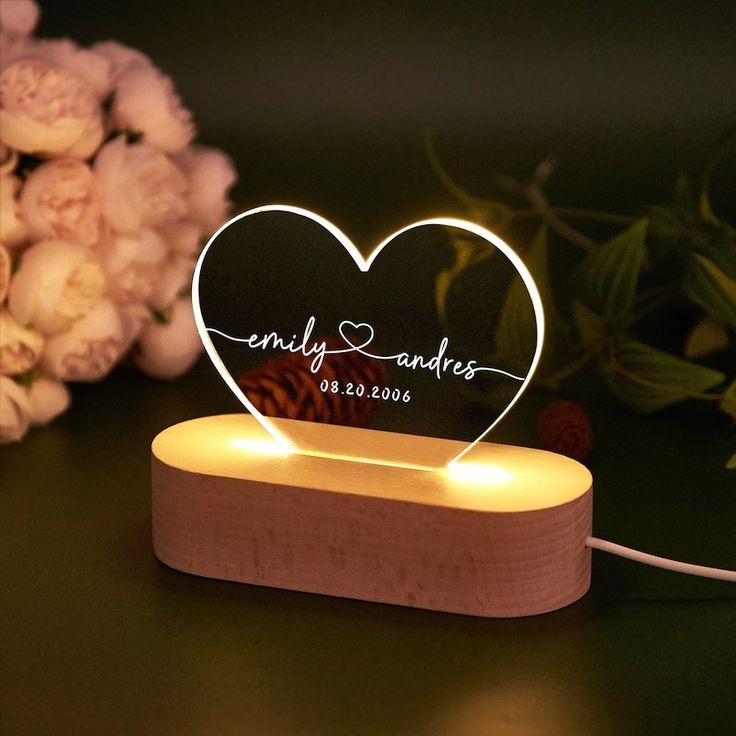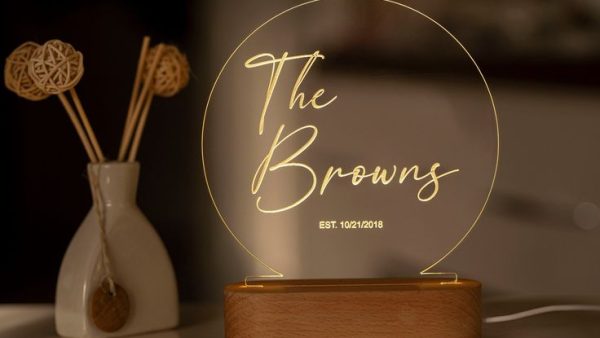Lamps have evolved beyond their basic utility to become essential elements in interior design. Whether you’re aiming to create ambiance, highlight architectural features, or introduce a decorative accent, choosing the right lighting fixture can transform your space. In today’s dynamic world of home and office decor, modern lamps offer a fusion of innovation, elegance, and efficiency. This article explores how contemporary lighting solutions cater to various needs while elevating the aesthetic of every room.
The Evolution of Lamp Design Through the Ages
Historically, lighting began with rudimentary oil lamps and candle holders. Over the centuries, advancements in technology and design have led to the creation of electric lamps, and eventually, the wide array of LED and smart lighting systems available today. Each era contributed its unique touch, influencing the shapes, materials, and mechanisms we see in modern fixtures. The transition from purely functional to artistically expressive designs has allowed lamps to become focal points in both traditional and contemporary interiors.
From the ornate gas lamps of the Victorian age to the sleek silhouettes of the Mid-Century Modern period, lighting has consistently mirrored societal changes and aesthetic preferences. In recent decades, the integration of minimalist design principles with cutting-edge technology has birthed a generation of lamps that are as beautiful as they are functional. These trends highlight our shifting priorities—toward sustainability, innovation, and a heightened sense of spatial awareness.
Types of Modern Lamps and Their Distinct Roles
From table lamps to floor lamps, pendant lights to wall sconces, modern lighting solutions serve a variety of purposes. Table lamps are ideal for task lighting and bedside use, while floor lamps add vertical dimension and drama to living areas. Pendant lights provide stylish overhead illumination in dining and kitchen spaces, and sconces offer subtle wall-mounted elegance. Each type serves a specific role in illuminating and styling a room, making it essential to consider both placement and purpose.
Chandeliers, often reserved for formal areas, now come in modern iterations suitable for casual settings. Arc floor lamps can frame a seating arrangement beautifully, while clamp-on task lights cater to minimalist home offices. The explosion of options in design and functionality ensures there’s a perfect lamp for every space—be it a cozy reading nook, a bustling family room, or a serene bedroom sanctuary.
Materials and Finishes Defining Contemporary Lamps
Modern lamp design frequently features a mix of metal, glass, ceramic, wood, and even eco-friendly materials. Brass and matte black finishes convey sophistication, while marble bases or rattan shades add texture and warmth. Minimalist styles lean toward clean lines and monochromatic tones, whereas more eclectic designs play with color and contrast. The material choice not only impacts the look but also the durability and maintenance of the lamp.
Incorporating recycled materials, such as reclaimed wood or repurposed metal, not only supports sustainability but also adds a story to each piece. Matte textures offer understated elegance, while glossy finishes can act as statement pieces in modern interiors. Designers are also pushing boundaries with experimental materials like biodegradable composites, 3D-printed ceramics, and interactive light-responsive surfaces, bridging the gap between form and innovation.
Smart Lighting: The Future of Illumination
Smart lamps have redefined how we interact with lighting in our homes and offices. Featuring app control, voice activation, color-changing bulbs, and adaptive brightness settings, these fixtures offer unmatched convenience and personalization. Integration with systems like Alexa, Google Assistant, and Apple HomeKit allows for seamless control and automation, helping to create energy-efficient environments tailored to mood and time of day.
Beyond convenience, smart lighting plays a vital role in improving well-being. Features such as circadian rhythm syncing and ambient sensors help tailor light output to the body’s natural cycles, fostering better sleep and productivity. Whether it’s dimming lights for movie night or brightening a workspace in the morning, smart lamps make it easy to customize lighting scenarios for comfort and function.
The Psychology of Light: Enhancing Mood and Productivity
Lighting significantly affects mood, focus, and overall well-being. Warm-toned lighting fosters relaxation and comfort, ideal for living rooms and bedrooms. Cooler temperatures enhance alertness and concentration, making them suitable for workspaces and kitchens. Understanding the psychological effects of lighting helps in selecting the appropriate lamp for each setting, contributing to both emotional and functional satisfaction.
Research has shown that different hues can influence our mental state—amber tones reduce stress, blue light increases mental acuity, and red lighting can even influence appetite. Leveraging this knowledge, homeowners and designers are choosing lamps not just for aesthetics, but also for their impact on daily routines and overall health. Personalized lighting schemes can play a role in everything from sleep hygiene to mood stabilization.
How to Choose the Right Lamp for Every Room
Selecting the perfect lamp involves more than just style preference. Considerations include the room’s size, natural light availability, existing color palette, and the lamp’s intended function. For instance, a reading nook benefits from a directional floor lamp, while a dimmable table lamp works best on a nightstand. Layering different types of lighting can create a balanced and versatile atmosphere throughout the home.
In small apartments, multipurpose lamps with storage functions or built-in USB ports provide practical solutions. In larger homes, zoning with light—using different fixtures to define various areas—can elevate both function and flow. Pay attention to shade transparency and bulb types as well; opaque shades diffuse light softly, while clear ones allow for brighter, focused beams.
Sustainability in Lamp Design and Manufacturing
Eco-conscious design is becoming a standard in the lighting industry. Sustainable lamps often use recycled or renewable materials and are designed for energy efficiency. LED bulbs, solar-powered options, and minimal packaging are features of environmentally responsible brands. Choosing such products contributes to a greener lifestyle while still delivering high-quality illumination and design integrity.
Certifications such as Energy Star or compliance with RoHS (Restriction of Hazardous Substances) standards are strong indicators of sustainable products. Many designers and manufacturers are also embracing cradle-to-cradle principles, ensuring that lamps can be disassembled and recycled at the end of their life cycle. Consumer awareness has driven demand for transparency in sourcing and production, reshaping the way lighting is created and consumed.
Conclusion: Light as a Design Language
Modern lamps are no longer just sources of light—they are statements of style, innovation, and intent. By understanding the diverse types, functions, materials, and technologies, homeowners and designers can make informed choices that enhance every corner of a space. Whether you’re drawn to the sleek appeal of smart lighting or the artisanal charm of handcrafted lamps, today’s options empower you to illuminate your world with purpose and elegance.
The journey toward a well-lit environment is deeply personal. As lighting continues to evolve alongside design trends and technological breakthroughs, one thing remains constant: the power of a well-chosen lamp to transform not only a room, but the way we feel within it. Let your space shine—creatively, sustainably, and brilliantly.




Leave a comment